The people who dare to think outside of society’s traditional box – presenting their innovative ideas, unparalleled discoveries, and hypothetical scenarios that question commonly accepted collective narratives – often change the world with their inventions and philosophical hypotheses. Without courageous people who dare to challenge the norm, voice their dreams, or speak out against injustices, society would fail to progress.
Unfortunately for these individuals, the world they live in is often not quite ready for the ideas of their forward-thinking minds. These people are often labeled as “crazy,” and aren’t recognized for their genius or bravery until much later. Sometimes, their well-earned recognition isn’t even received in their lifetimes, as information corroborating their inventions or ideas doesn’t come to light until decades (or even centuries) after their passing.
This list features some of history’s most fearless whistleblowers, scientists, military strategists, and political progressives who were mocked and ridiculed during their time – but eventually proven right.
1. Major General ‘Billy’ Mitchell Predicted The Need For Aircraft Defense And America’s Eventual War With Japan In The 1920s
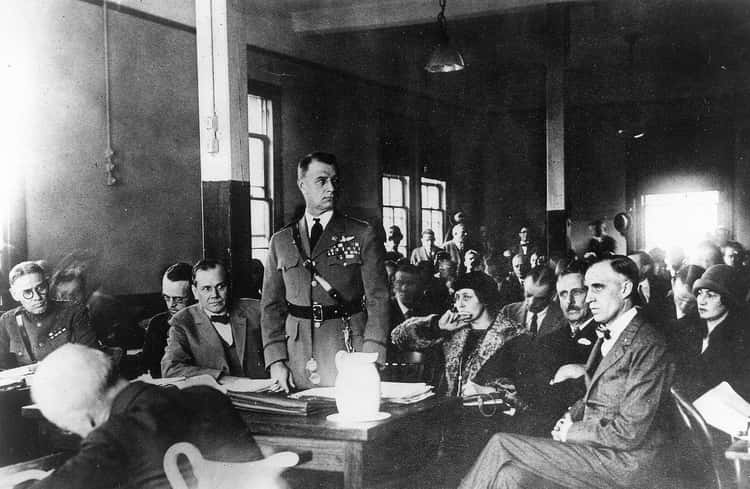
William “Billy” Mitchell first enlisted in the US Army in 1898 to fight in the Spanish-American War. When he was transferred to Virginia in 1916 to serve as the commander of Army Aviation, Mitchell had already become the youngest officer to ever serve on the general staff. However, by the time he determined he wanted to be a pilot, he was 38 and considered too old to be trained by the military.
Undeterred, Mitchell paid for his own flight lessons, which he attended after working hours. His perseverance eventually paid off when the US declared war on Germany in 1917; he was promoted to the position of brigadier general and placed in charge of the American aerial combat units stationed in France. There, he commanded the first-ever aerial attack over enemy lines, proving that the 1,481 airplanes in his command were capable of causing chaos and destruction to grounded military units.
Despite Mitchell’s success, he reverted to his permanent rank as colonel once he returned from WWI. The headstrong pilot didn’t give up his stance that the US required its own air force and continued publicly arguing with his superiors over the benefits of having a solid aerial unit. His ongoing battle with the military even landed him a quoted statement in The New York Times, where Mitchell admonished:
The United States had produced practically no aerial war equipment since the armistice and consequently, is not capable of meeting any first class power in the air today, as foreign countries had continued development of wartime equipment.
He was eventually court-marshaled and relieved of his duties for his open ridiculing of the military in 1925. Mitchell continued to fight for a more vigorous aerial military defense, claiming that a war between the US and Japan was imminent until he passed in 1936 – just five years before the aerial attack on Pearl Harbor would prove that he had been correct all along.
2. Alfred Wegener Was Ridiculed For Proposing The Theory Of Continental Drift In 1911
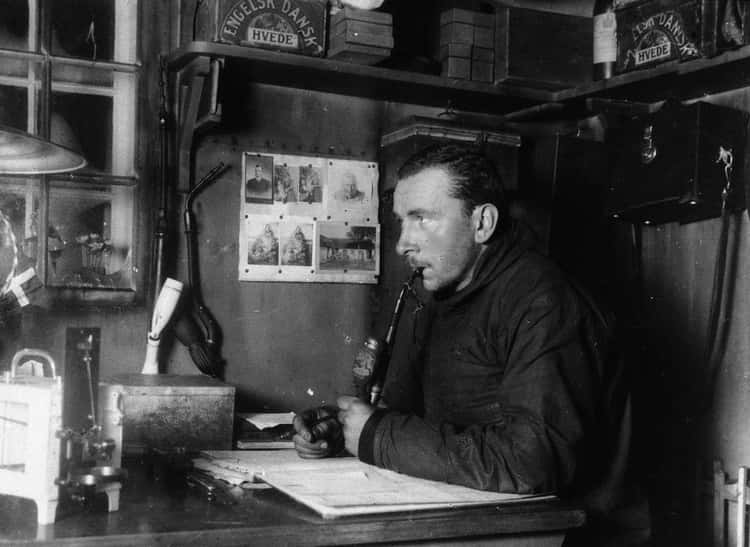
After studying a report in 1911 that described multiple plants and fossils found on completely opposite continents, German meteorologist and geologist and geophysicist Alfred Wegener began hypothesizing what would cause the phenomenon. At the time, the most widely accepted theory among scientific circles was that ancient land bridges once connected continents before the oceans overtook them.
However, as Wegener considered how the shapes of different continents – like South America and Africa – mysteriously fit together like jigsaw puzzle pieces, he proposed an alternative narrative. Instead of ancient sunken land bridges, he believed all continents had once been a single land mass.
As he continued exploring the idea, Wegener realized many of the fossils and plants found on different continents appeared to share borders if they were moved together. The Appalachian Mountains of North America also fit neatly into the Scottish Highlands, further cementing Wegener’s belief that around 300 million years ago, a single continent (Pangaea or Pangea) began breaking apart and following movements of the earth’s tectonic plates.
Describing the event as “continental drift,” Wegener published his theory. While scientists recognized he was the first person to compile evidence from many scientific fields to express his hypothesis, his lack of evidence for how Pangea split caused experts to ridicule Wegener’s ideas. They proved that tidal forces could not possibly be moving through the oceanic crusts, and that continents couldn’t move as quickly as Wegener suggested, so his ideas were almost entirely discarded.
Continental drift didn’t become widely accepted as scientific fact until the 1950s and ’60s as geologists began exploring the ocean floor.
3. Despite Heavy Ridicule, William Seward Persuaded The US Senate To Purchase Alaska At 2¢ Per Acre
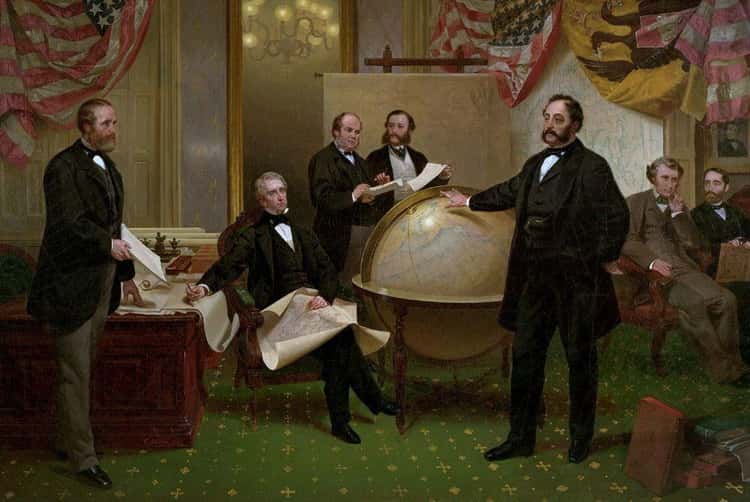
In the mid-18th century, Russia claimed modern-day Alaska’s Indigenous lands as its own, including those of the Inuit. However, by the 1850s, the country was exhausted and in massive debt from its loss in the Crimean War. No more than a few hundred Russians ever lived in the remote area at a time, the fur trade was dwindling, and the monarchy feared the US or Great Britain would try to conquer the territory. Recognizing a possible opportunity for profit, Russia began negotiating Alaska’s purchase with the US to gain a step ahead of its losses.
While the outbreak of the Civil War caused the negotiations to halt between the two countries, expansionist senator (and the secretary of state to both Abraham Lincoln and Andrew Johnson) William H. Seward kept his eyes on the icy land mass. A few months after the Civil War’s end, Seward signed a secret treaty with Eduard Andreevich Stoeckl, the Russian minister to the US, stating that the US would purchase Alaska for $7.2 million. According to Seward, Americans got a good bargain: at around 2 cents per acre, the US had gained 586,000 miles of territory.
Unfortunately for Seward, the public didn’t agree. As he threw elaborate parties in hopes of wooing over possible voters into purchasing the land, senators mocked his efforts, and the press reported that Alaska wouldn’t even be profitable as a gift.
Still, the purchase that would become commonly known as “Seward’s Folly” was completed on March 30, 1867. Despite the doubts of many, the land proved profitable in gold, oil, and natural resources and is now a thriving travel destination for tourists.
4. FBI Agent John O’Neill Hunted Al-Qaeda And Bin Laden In The 1990s, Then Perished In The 9/11 Attacks
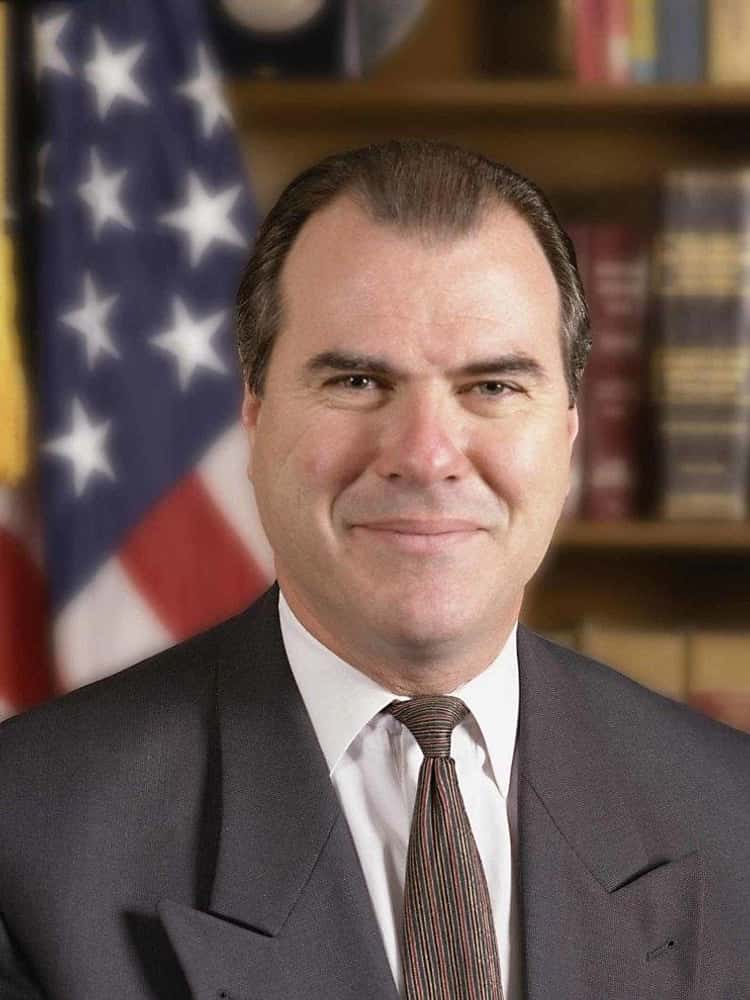
As appointed chief of the FBI’s counter-terrorism section, John P. O’Neill began alerting the government about the dangers of Al-Qaeda and Osama bin Laden in 1995. While other counterterrorism agents felt that their work was unnecessary, O’Neill took his appointment seriously. After only a few days on the job that February, he assembled a team that successfully captured Ramzi Yousef, a terrorist allegedly responsible for a February 1993 truck-bomb incident at the World Trade Center.
As bin Laden’s name continued to surface on terroristic bomb financing donor lists, O’Neill was the first to recognize that the funder was most likely the leader of the terrorist cell. Despite O’Neill’s warnings, the agency hesitated to act on any intelligence leads regarding bin Laden or Al-Qaeda.
Even after terrorist Jamal Ahmed al-Fadl warned the FBI and CIA in 1998 that bin Laden was planning attacks on American soil, the organizations continued to dismiss O’Neill’s constantly growing evidence that supported Fadl’s confessions. They also refused to put Al-Qaeda on a list of terrorist organizations. O’Neill persisted, believing the terrorist groups had established training sites within US borders and that the threat of catastrophic destruction loomed over the new millennium. For the most part, his warnings were ignored.
As he dove further into his investigative efforts, O’Neill moved to New York to take over the state’s National Security Division. There, he worked in an operational manner that allowed him to personally follow the leads he uncovered as he established himself among the city’s social and political elite.
A little more than a year before the 9/11 attacks, O’Neill’s briefcase was stolen during an FBI pre-retirement conference in Orlando, FL. The thieves took a Montblanc pen, a silver cigar cutter, and a lighter – but left the highly classified papers detailing a counterterrorism case in New York. Officials found no fingerprints on the evidence.
In July of 2001, O’Neill learned of a job opening as the chief of security for the World Trade Center- a position that paid more than twice what he made as a government agent. When his long-term friend and ABC journalist Christopher Isham joked that he was at least safe from Al-Qaeda trying to bomb the building again, O’Neill retorted:
They’ll probably try to finish the job.
On the morning of September 11, 2001, O’Neill made calls to numerous loved ones as he helped set up the command center in the north tower. He was last seen entering the tunnel toward the second tower as he remained loyal to the mission to which he had dedicated his life – despite the government’s lack of support.
5. King James I Wrote About The Vileness Of Tobacco In 1604
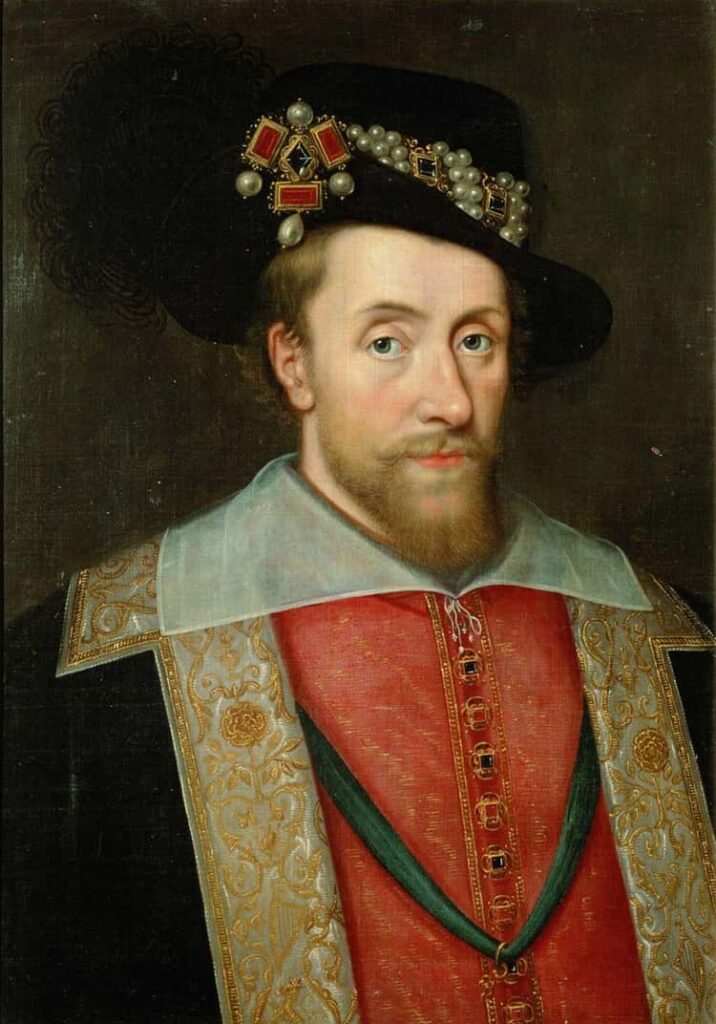
Europeans began using tobacco for medicinal purposes as early as 1560. However, by the time King James I ascended the throne to be the first ruler of England and Scotland in 1603, smoking tobacco had become a widely accepted social activity.
In 1604, the ruler published a warning concerning the vileness of tobacco, describing it as:
a custome loathsome to the eye, hatefull to the Nose, harmefull to the braine, [and] dangerous to the lungs.
He didn’t make the crop illegal, but imposed a 4000% tax increase on what he called the “noxious weed.” Still, the price increase didn’t deter the English people from smoking it. As America’s colonies increased their own production of tobacco and relieved England from being forced to purchase it from foreign shippers in the 1620s, the monarch took control of the industry by ruling that all proceeds be transferred directly to the crown.
6. Harry Markopolos Warned Of Bernie Madoff’s Ponzi Scheme Years Before It Fell Apart
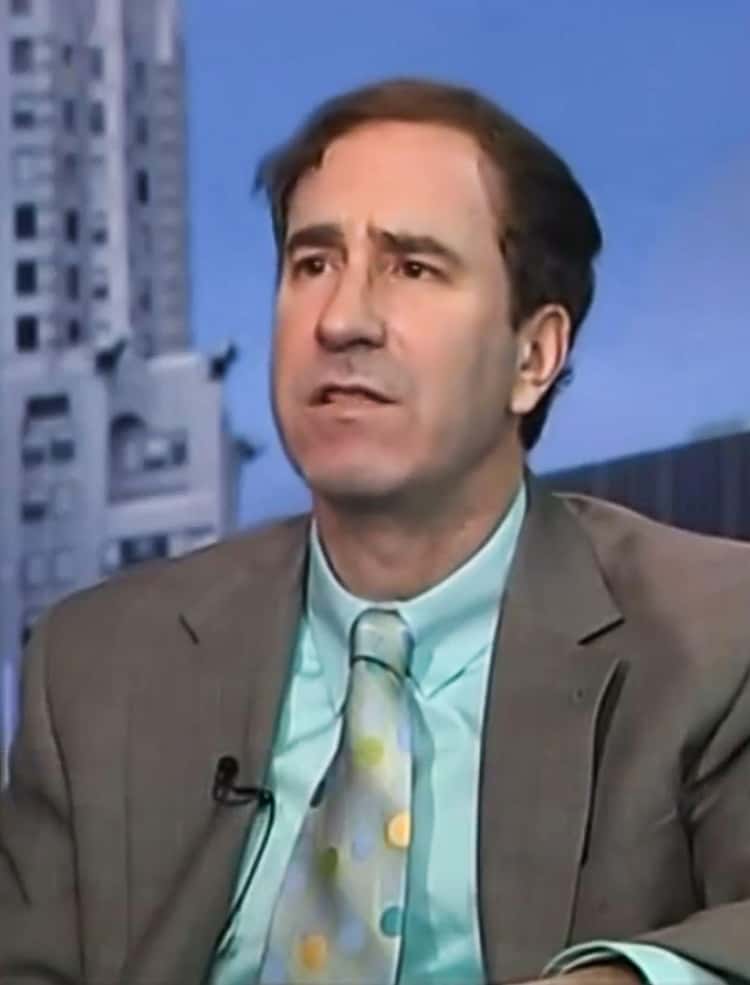
Harry Markopolos first recognized that Bernie Madoff wasn’t conducting lawful business practices when working as an options trader for a Boston-based financial firm. After losing customers to Madoff and his more profitable firm, Markopolos’s boss requested that he study and replicate Madoff’s business model.
Soon, Markopolos realized that legally reproducing Madoff’s success would be impossible. As the options trader and his team combed through public information regarding Madoff’s offshore accounts and reached out to the company under the guise of potential investors, it became evident that Madoff was operating a Ponzi scheme.
Still, Madoff’s clout kept him from suffering the suspicion of Markopolos’s boss or the US Securities and Exchange Commission. The potential whistleblower accused SEC investigators of hiring lawyers who didn’t understand the world of investments, and of not taking his accusations seriously because he did not personally work for Madoff.
After nearly a decade of ignoring Markopolos’s tips, prosecutors convicted Madoff of operating history’s largest Ponzi scheme on March 12, 2009.
7. A Japanese Mayor Was Mocked For Erecting A Massive Seawall; Nearly 40 Years Later, It Saved His Village

Having lived through a tsunami in 1933, Kotaku Wamura – longtime mayor of the city of Fudai, Japan, understood the terrors and dangers of a possibly disastrous recurrence. After the town constructed a 51-foot seawall to protect one portion of the port community in 1967, Wamura proposed an even more grandiose project that included floodgates and panels as high as the newly built seawall to protect the rest of the town.
Many elected officials and most of the town’s citizens thought the endeavor was unnecessary and too costly. It required that many landowners sell their property to the government, sparking further bitterness and distrust. Still, construction for the massive seawall began in 1972. After 12 years and 3.56 billion yen, the builders finally finished in 1984. The mayor left office three years after the project’s completion, but not before he issued Fudai what turned out to be a pertinent portent at his retirement:
Even if you encounter opposition, have conviction and finish what you start. In the end, people will understand.
On March 11, 2011, 14 years after Wamura’s passing, a 9.1 magnitude earthquake triggered a deadly tsunami that swept over northeastern Japan, affecting some 1,242 miles of coastline. In some places, waves reached almost 130 feet high. Propitiously for Fudai, the floodgate and seawall protected all 3,000 people held within its confines. Meanwhile, more than 25,000 residents were deemed either missing or dead in surrounding areas.
8. John Yudkin Warned About The Effects Of Consuming Too Much Sugar
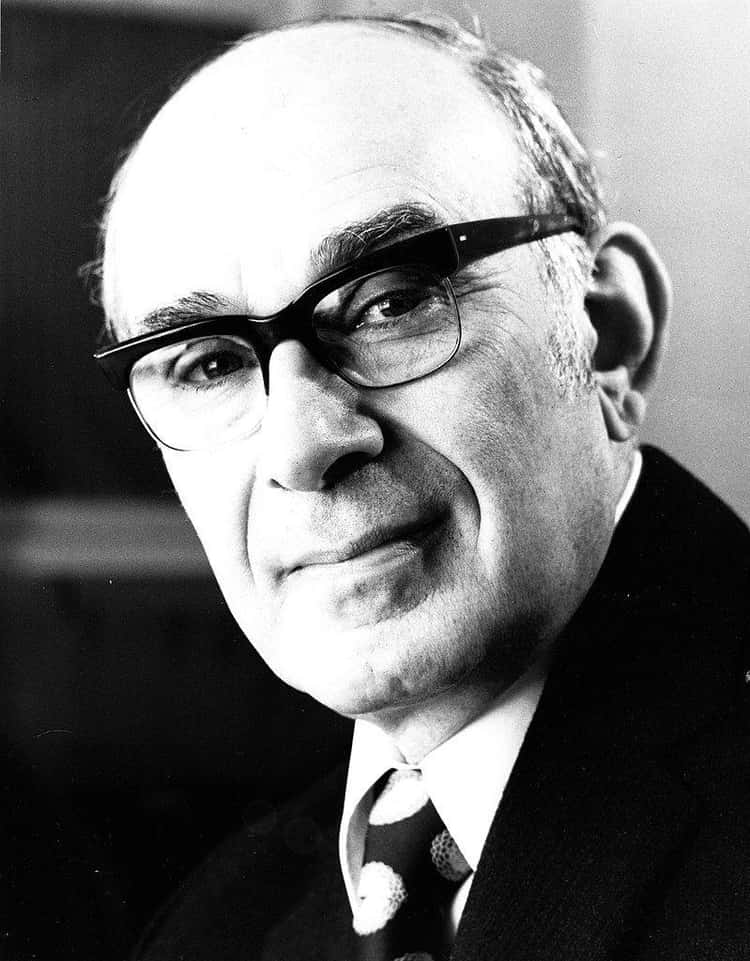
British nutritionist and physiologist John Yudkin first warned about the effects of consuming too much sugar in 1957. While other health professionals claimed that saturated fat was the cause of obesity, diabetes, and heart disease, Yudkin asserted that:
If only a small fraction of what we know about the effects of sugar were to be revealed in relation to any other material used as a food additive… that material would promptly be banned.
Additionally, Yudkin rationalized that while protein and healthy fats had been human dietary staples for thousands of years, sugar and starches were relatively new additions to the typical diet. Therefore, it was logical to consider that the sweet substance was causing the world’s increasing health problems.
Although his findings were initially taken seriously, the British Sugar Bureau, the World Sugar Research Organization, and the University of Minnesota’s nutritionist Ancel Keys all argued that Yudkin’s research was unfounded and that his findings were false. Keys, adamant that fat was the true culprit, continued to voice his disbelief in Yudkin’s research as he climbed the ranks of influential health organizations like the American Heart Association and the National Institutes of Health.
Keys eventually proved a correlation between certain diseases and diets high in fat, but he failed to conduct any findings on how sugar affects health. Still, that didn’t stop the world from accepting his proposed diet, high in carbohydrates and low in fats and proteins, as the accepted nutritional model for decades. Yudkin’s research wasn’t confirmed and accepted as scientific truth until years after his July 1995 passing.
9. Gus Grissom Was Blamed For The Liberty Bell 7 Capsule’s Hatch Malfunction; Years Later, It May Have Caused His Demise
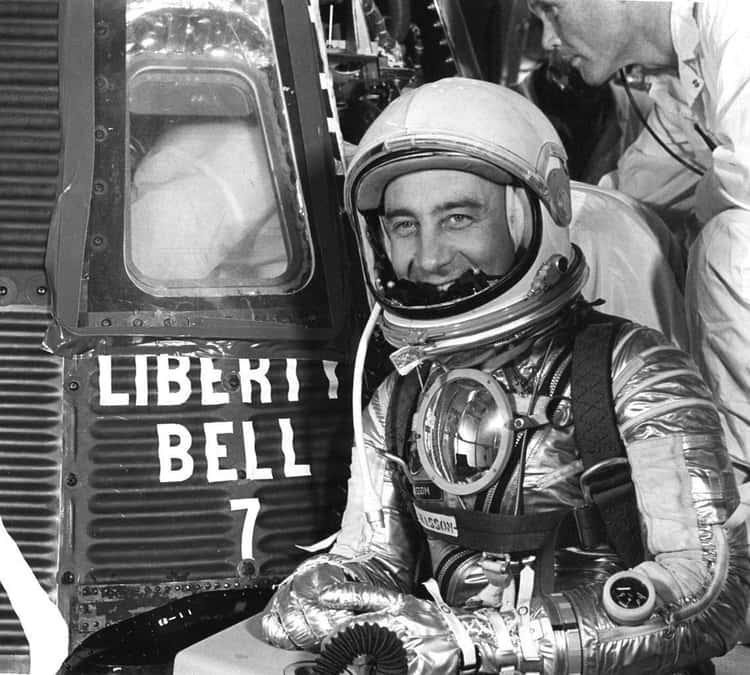
Mercury astronaut Virgil “Gus” Grissom almost drowned as the Liberty Bell 7 capsule plunged from space into the ocean in July 1961. Because the capsule’s hatch mysteriously blew open as the astronaut landed in the water, some people assumed the Korean War combat pilot panicked and manually triggered the explosive bolts designed to release the door as the craft entered the earth’s atmosphere.
During his debriefing, Grissom insisted the hatch had somehow malfunctioned. Although NASA didn’t further press the issue, the public still believed Grissom was at fault.
A few years later, he was chosen to be on the first flight crew for the Apollo missions. To ensure that a capsule’s hatch functioned correctly in future endeavors, NASA nixed the explosive hatch and replaced it with a door that could only be opened by an outside crew.
Unfortunately, when the cockpit burst into flames during a routine practice run for the mission in January 1967, Grissom – along with fellow astronauts Edward White and Roger Chaffee – were trapped inside. The three perished from smoke inhalation and severe burns before the ground crew could manually open the hatch from the outside.
Grissom’s account of the events leading to the Liberty Bell 7’s hatch malfunction wasn’t proven until 2000, when the helicopter pilot responsible for pulling the Mercury craft and the astronaut from the ocean recalled witnessing something unusual as he approached the capsule. As US Marine Corps Lieutenant John Reinhard extended a pole to release the hatch door, he noticed an arc in the antenna before the door exploded from the craft. He believed excessive static electricity from re-entry may have preemptively caused the blow.
In their book, space experts and authors Francis French and Colin Burgess describe the most likely scenario:
The astronaut had to activate a switch in order to arm the mechanism… a recovery loop on top on the capsule became the trigger. When the recovery helicopter’s hoisting cable was hooked onto the loop, the pressure created by lifting the capsule fired the mechanism and blew the hatch off.
